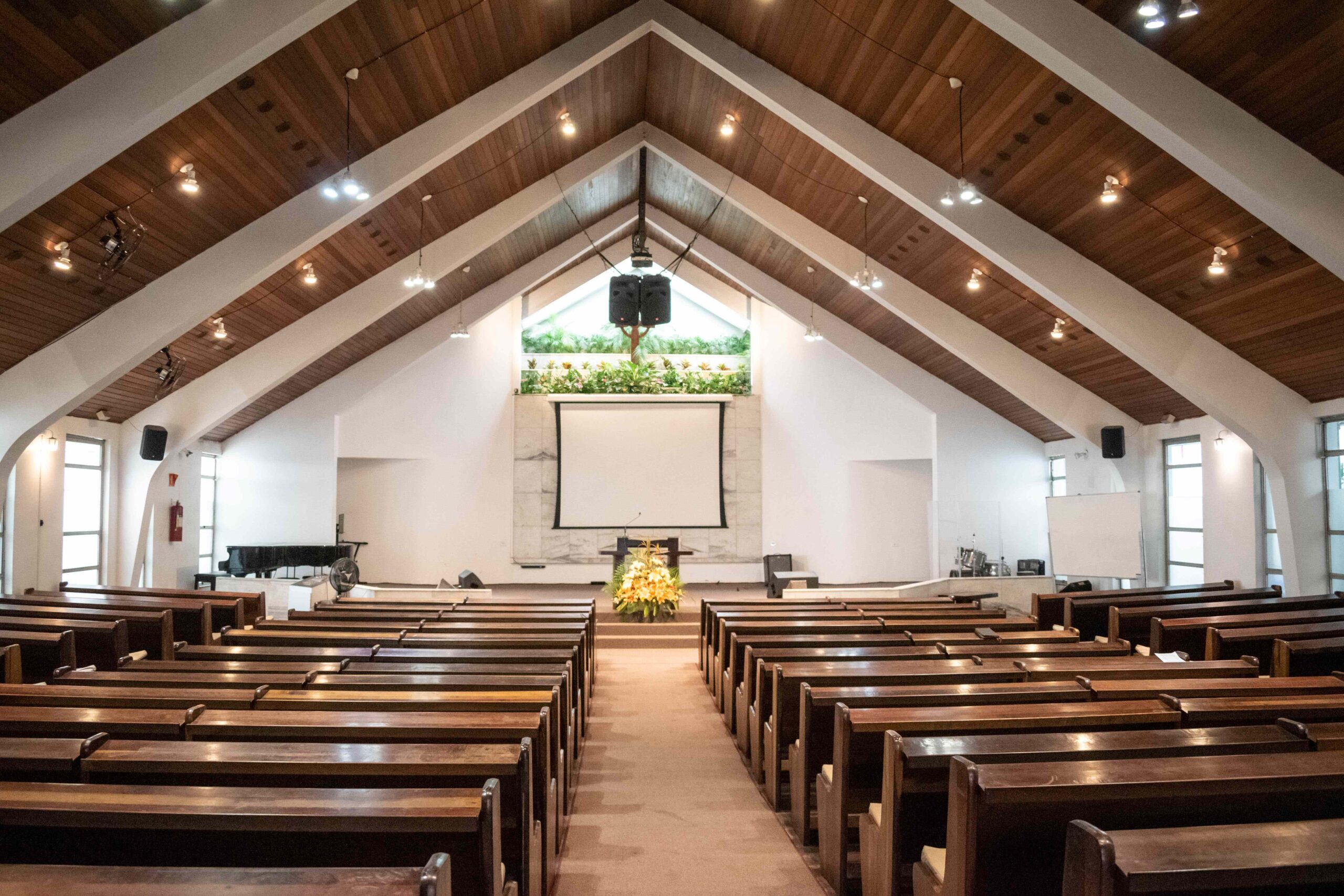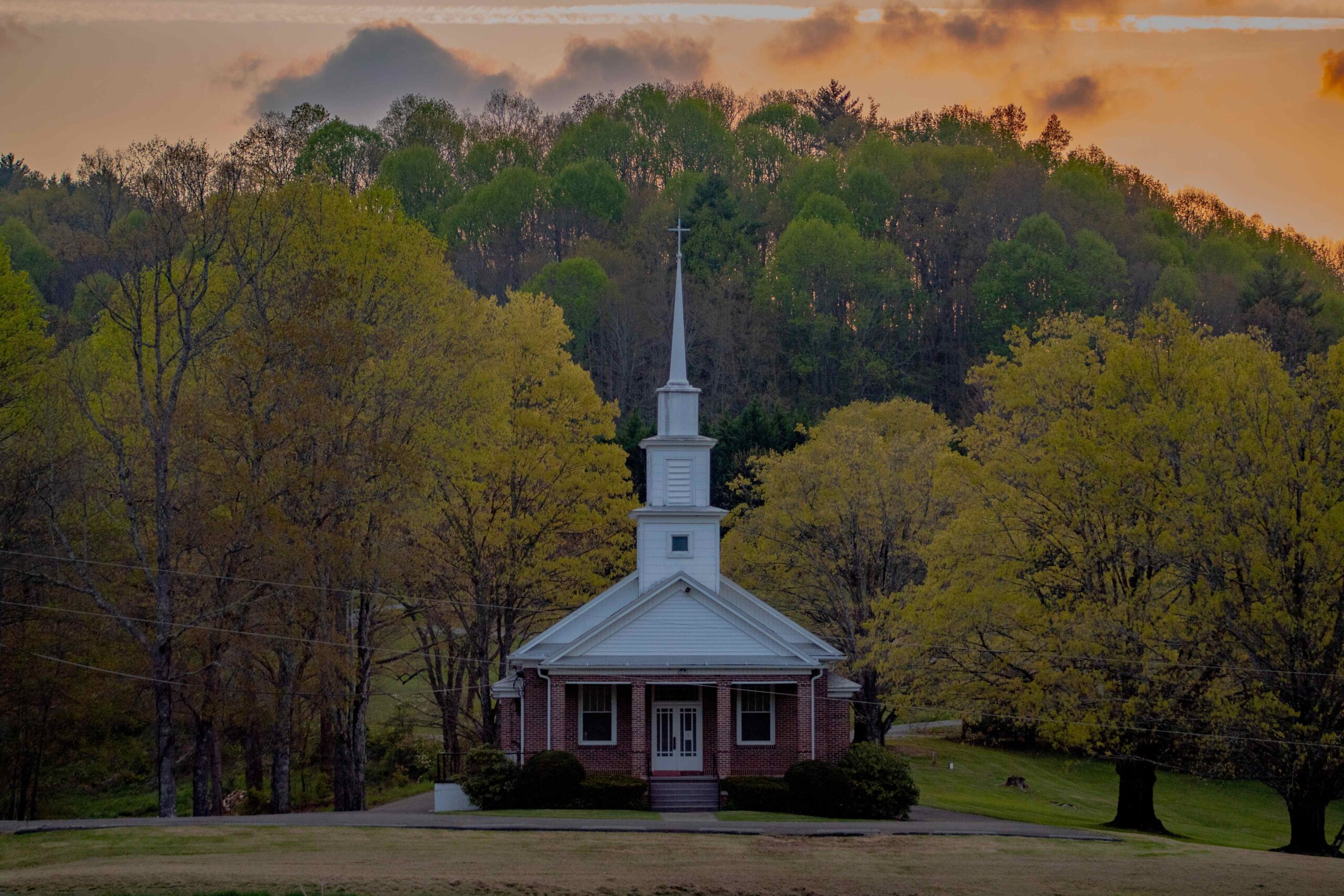To speak of Salem Church Venedocia is to speak of presence. Of a building that never quite disappears into the landscape — even when fog rolls in from the fields, or the morning sun catches only its steeple. There’s a stillness to the structure. And yet, somehow, it listens back.
Founded in the 1840s by Welsh settlers, Salem Presbyterian Church has long stood as more than a house of worship. It reflects a community rhythm — one not always visible from the outside. Sundays here are not performances. They’re pauses. The kind that gather in the hush before a hymn. And on weekday evenings, when the pews sit mostly empty, the space still carries warmth. Not literal — the wood can be cold in February — but remembered.
From baptisms to burials, from harvest prayers to youth choir rehearsals, the church shapes time. It holds it. Or maybe — it slows it down.
A Congregation With Deep Roots
The Presbyterian church Ohio community has always been broad. But in Venedocia, it took on a specificity — a shape formed by language, music, and migration. Salem’s early congregation spoke Welsh, sang in tight harmonies, and structured worship as both celebration and continuity.
The earliest church records reflect not just minutes and rosters, but tensions: when to hold services in English, how to balance tradition with change. The pulpit, for many years, rotated guest preachers until a permanent pastor could be secured.
By the late 19th century, the congregation had settled into form. Families stayed through generations. Children confirmed in spring would marry in summer, or so the pattern seemed. And while some drifted away — college, work, other towns — many returned, especially around Christmas. Even now, the sanctuary fills fuller on Christmas Eve than on any other night.
Architecture and Atmosphere
The structure itself reflects a kind of architectural humility. No excess. Just function and light. Yet over time, beauty crept in — not through ornament, but presence. The way sunlight moves across the pulpit at 10:15 a.m. The faint creak of floorboards in the east aisle.
Mornings carry a different energy than evenings. During early service, the windows are cool to the touch. A cough sounds louder. Everything feels more exposed — even the announcements. By dusk, the atmosphere softens. Evening gatherings tend toward reflection. Fewer children, more pauses between readings.
The bell — rung by hand — still marks time in a way cell phones cannot. It echoes differently in summer. On damp spring mornings, the sound sinks lower, closer to the ground. No one comments on it, but some glance up when it happens.
Faith in Daily Life
To consider faith in Venedocia is to look past Sunday. Salem’s congregation lives out its beliefs in quieter gestures — meals delivered, fences repaired, rides offered with no need to ask.
Worship isn’t confined to a sanctuary. It threads through daily decisions. A note tucked in a hymnbook. A bag of groceries left discreetly on a porch. Kids helping stack chairs after choir.
There’s no single style of faith here. Some pray out loud. Some don’t. Some come weekly. Others, just at Easter. But the rhythm accommodates difference. Always has. The church doesn’t insist — it invites. And often, that’s enough.
From Pastoral Care to Community Service
The pastor’s role has evolved. From circuit-riding beginnings to full-time residence, leadership at Salem has required not only spiritual insight but deep community knowledge. Birthdays are remembered. So are hospital stays.
In recent years, the church has broadened its outreach. Collaborations with local groups, youth events, regional missions. Still, nothing feels forced. Most things begin with a conversation. Then a pie. Then a plan.
The sanctuary also doubles as gathering space. Bible study at one end, Lions Club meeting at the other. On rare snow days, the fellowship hall opens early — coffee, warmth, a few puzzles pulled from storage.
Venedocia church life isn’t loud. But it is layered. And while buildings age, and pastors retire, the thread continues. Not untouched — but intact. That might be the greater testimony.